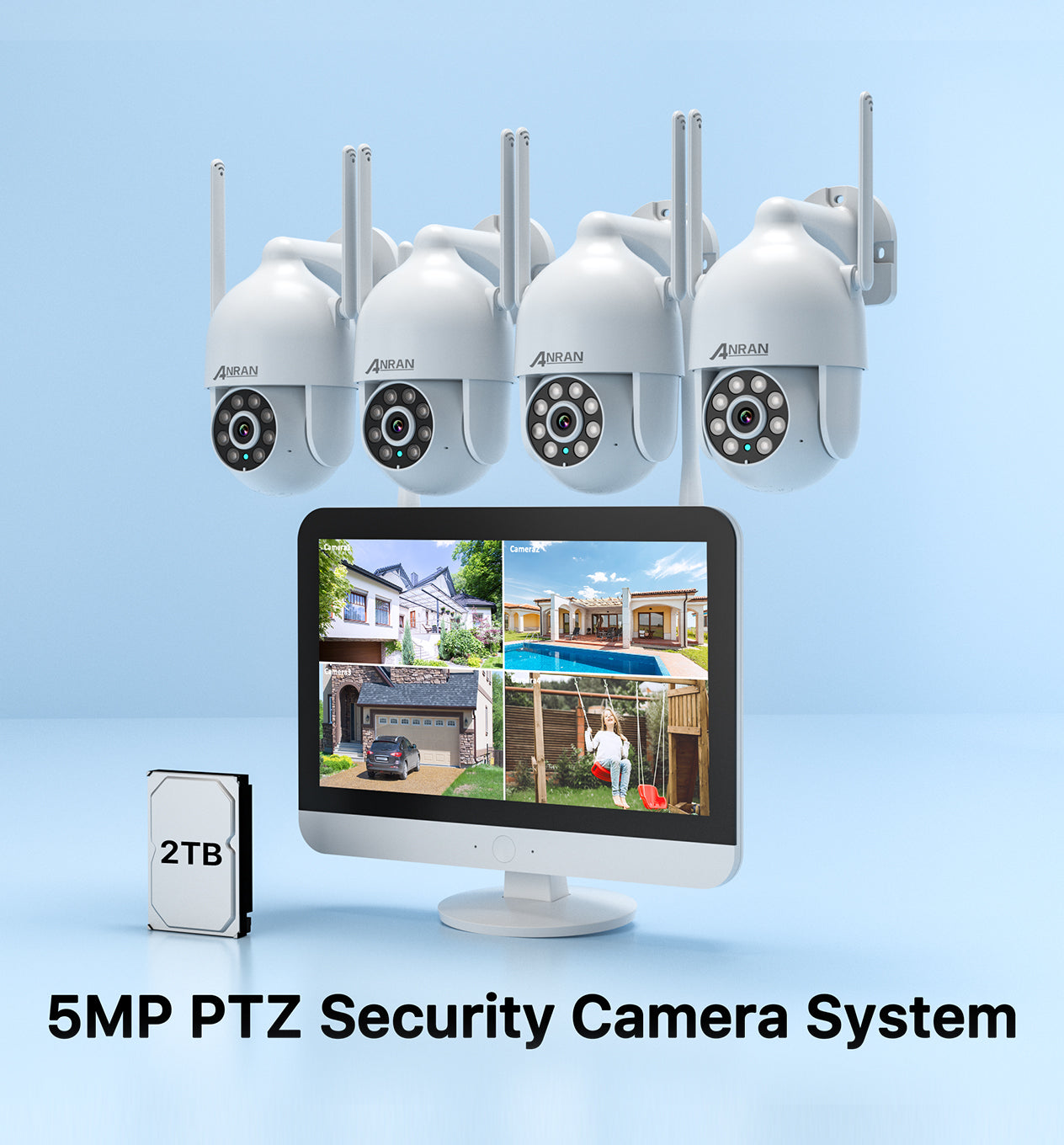The Evolution of CCTV Cameras: From Analog to Smart Technology
Cuerpo
In today's world, the CCTV camera has become an essential tool for security and surveillance. But how did we transition from basic analog systems to the sophisticated smart technology we see today? This article delves into the evolution of CCTV cameras, highlighting key advancements and their implications for security.

CCTV Camera: The Analog Era
Initially, CCTV cameras were purely analog devices. Introduced in the 1940s, these cameras operated using a simple video signal transmitted to a monitor. The technology was rudimentary, and the image quality was often poor. However, these early systems laid the groundwork for future developments.
- Limited resolution and clarity
- Dependence on physical recording devices
- Vulnerability to tampering and theft
Despite their limitations, analog CCTV cameras provided a significant advantage in crime prevention. They allowed for real-time monitoring, which was a revolutionary concept at the time. But as technology advanced, the need for better quality and more features became apparent.
The Transition to Digital CCTV Cameras
With the advent of digital technology in the late 1990s, the CCTV camera landscape began to change dramatically. Digital cameras offered higher resolution, better image quality, and the ability to store footage on hard drives rather than tapes. This transition marked a pivotal moment in surveillance technology.
Digital CCTV cameras introduced several benefits:
- Improved image clarity and detail
- Remote access to live feeds via the internet
- Advanced storage solutions, including cloud storage
As a result, businesses and homeowners alike began to adopt digital systems, recognizing their superior capabilities. But the evolution did not stop there.
Smart Technology and the Future of CCTV Cameras
Today, we are witnessing the rise of smart CCTV cameras. These devices integrate artificial intelligence (AI) and machine learning, allowing for features such as facial recognition, motion detection, and even behavioral analysis. But what does this mean for the future of surveillance?
Smart CCTV cameras offer numerous advantages:
- Enhanced security through real-time alerts
- Ability to analyze and interpret data for better decision-making
- Integration with smart home systems for seamless operation
As technology continues to evolve, the capabilities of CCTV cameras will only expand. This raises important questions about privacy and data security. How can we balance the need for safety with the right to privacy?
Conclusion: The Impact of CCTV Cameras on Security
The evolution of the CCTV camera from analog to smart technology has transformed the landscape of security and surveillance. As we embrace these advancements, it is crucial to remain aware of the ethical implications and ensure that technology serves to protect rather than infringe upon our rights.
For those interested in exploring the latest in CCTV camera technology, consider visiting  for innovative solutions that meet modern security needs.
for innovative solutions that meet modern security needs.









Comentarios